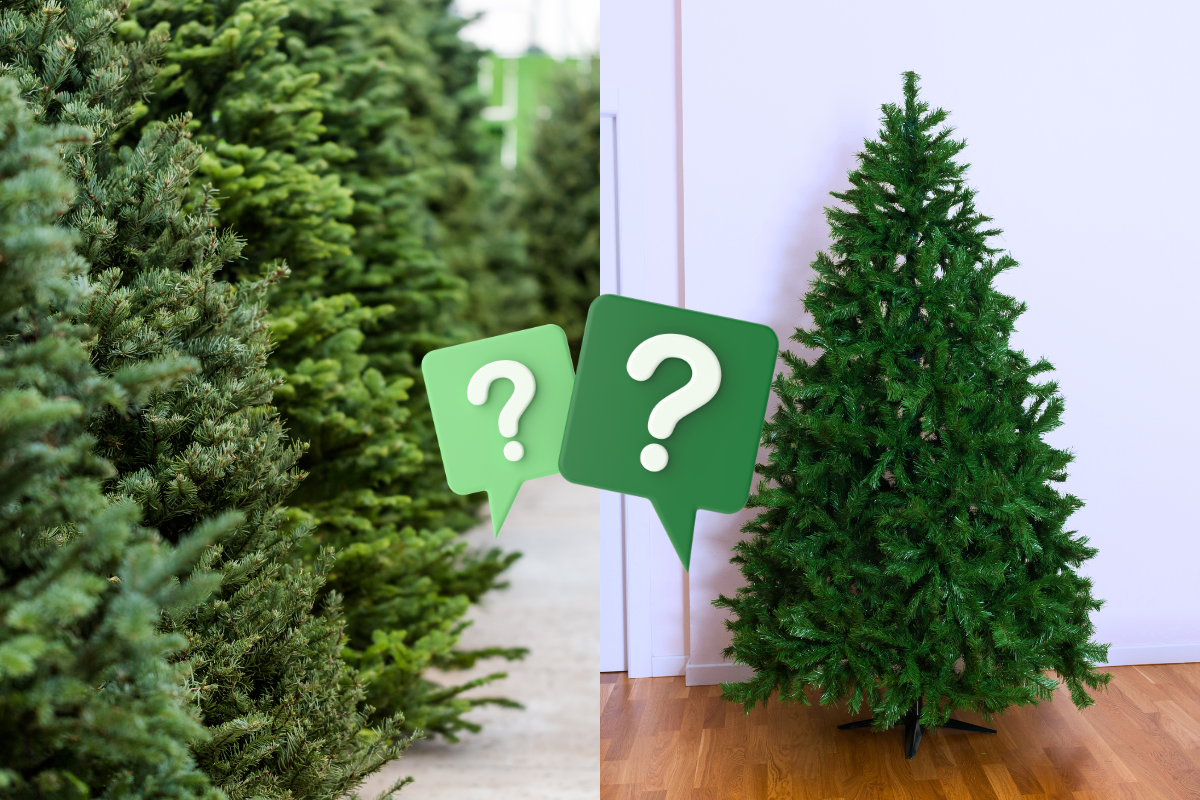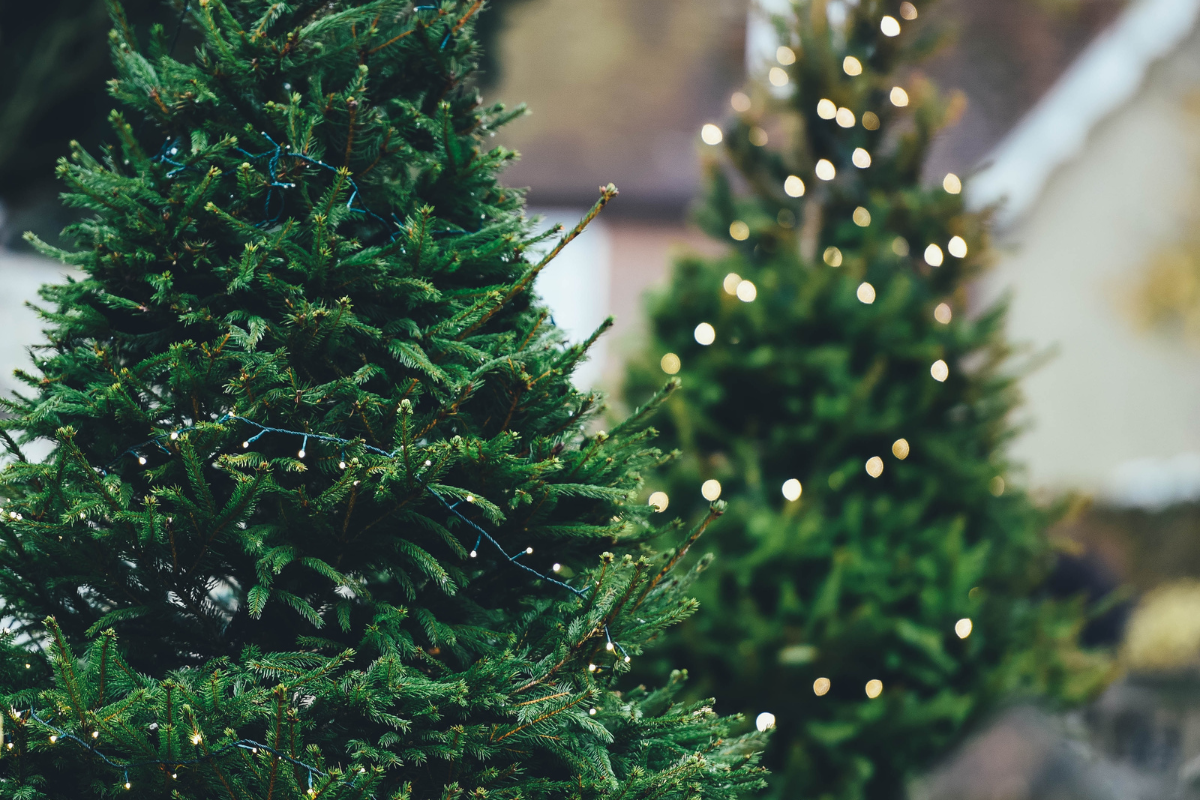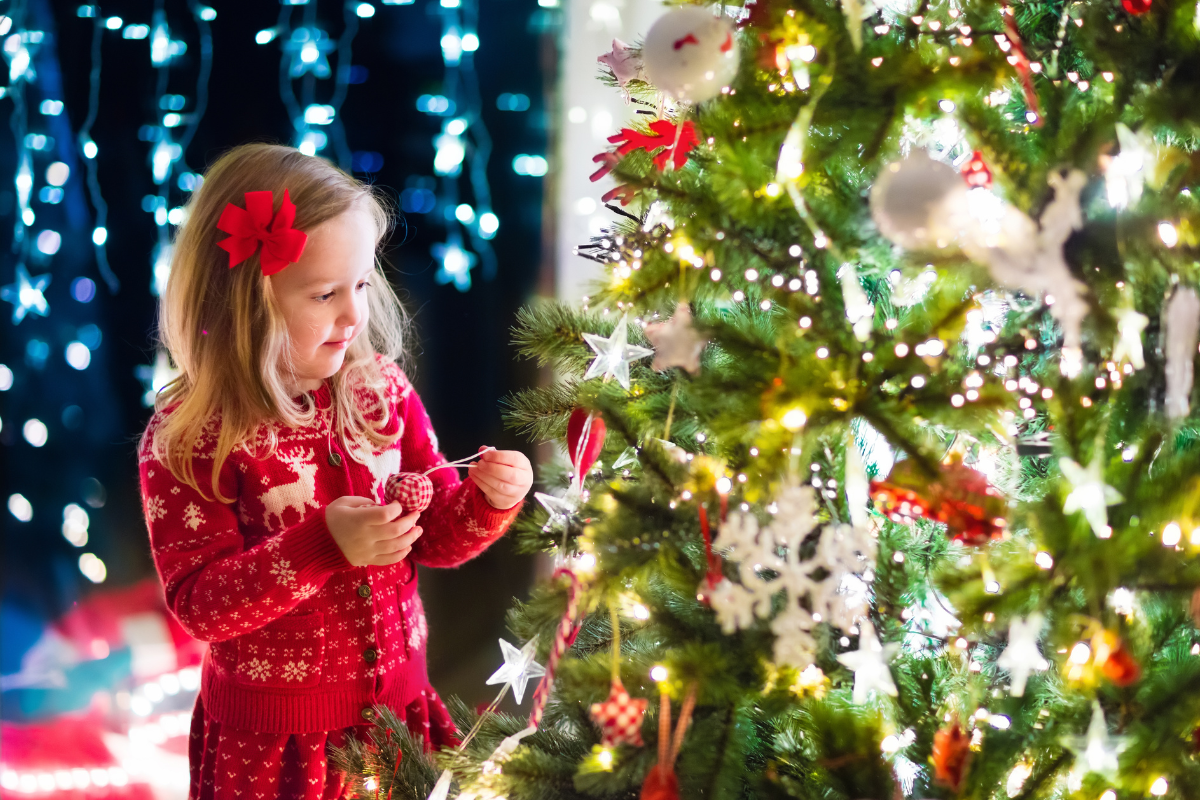The holiday season is approaching, and here at Tree Canada, we receive the same question every year: is it better to buy a real or artificial Christmas tree? Some might think that an artificial tree is more ecological, since it can be reused for many years and doesn’t require cutting down a living tree. This isn’t necessarily the case!
Let’s compare the environmental impact of real versus artificial trees and explore tips on how to make your choice more sustainable.

What are they made of?
Artificial trees are typically made of plastic and metal, both of which are non-renewable resources. Resource extraction, processing and transportation all have large environmental footprints for both greenhouse gas (GHG) emissions and water usage.
Real trees, on the other hand, absorb carbon dioxide from the atmosphere as they grow. While they do require water, this is often supplied by natural rainfall, and additional water inputs can be sustainably managed (even at scale) by growers.
Where are they from?
Most artificial trees are manufactured abroad and then imported. Transportation has its own cost in terms of carbon emissions.
On the other hand, buying a real tree from a local farm reduces transportation emissions and supports the local economy.

How do you dispose of your tree?
You can extend the lifespan of your artificial tree and reduce plastic waste by donating or giving it to another family. The most ecological way to have a fake Christmas tree is certainly to keep it in use as long as possible (to prevent the need to buy another one), and to keep it out of our landfill system.
A real tree will recycle its nutrients back into the environment via decomposition when chipped and composted or used as mulch after the holiday season. This will “close the loop” and help other plants grow along the way.
Are real trees all that?
Real trees sound pretty great at this point, but of course, there are some drawbacks. They can stimulate allergies or asthma for some people and create chores by shedding needles. They pose a fire hazard if not watered properly or kept away from heat sources, and they require thoughtful disposal after the holidays.
Also, choosing a real tree does not come without any environmental footprint. Many growers use synthetic inputs (fertilizers, herbicides) on their trees, or grow Christmas tree monocultures on land that had previously been converted from native forest cover. Trees used as firewood come January emit their stored carbon back into the atmosphere, along with dangerous particulate matter that can aggravate asthma or other respiratory issues.

Reduce your impact
In addition to these considerations, here are some tips to help reduce the environmental impact of your tree as much as possible:
- Choose a tree that suits your space and needs. A smaller or simpler tree will save money and resources.
- Decorate your tree with natural or reusable ornaments. Avoid plastic or disposable ornaments that will end up in the trash. Use items that you already have at home, such as pinecones, dried fruits, ribbons or paper stars. Or make your own ornaments from recycled materials, such as cardboard or tin cans.
- Use LEDs to light up your tree. LED lights are more energy-efficient and last longer than traditional lights.
Whatever you choose, we at Tree Canada wish you a happy and green holiday season!
Back to all articles